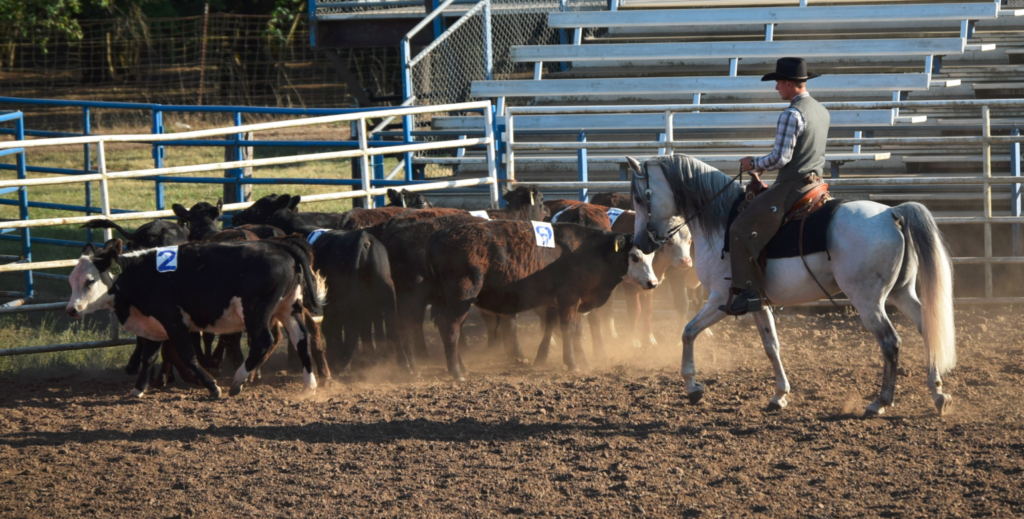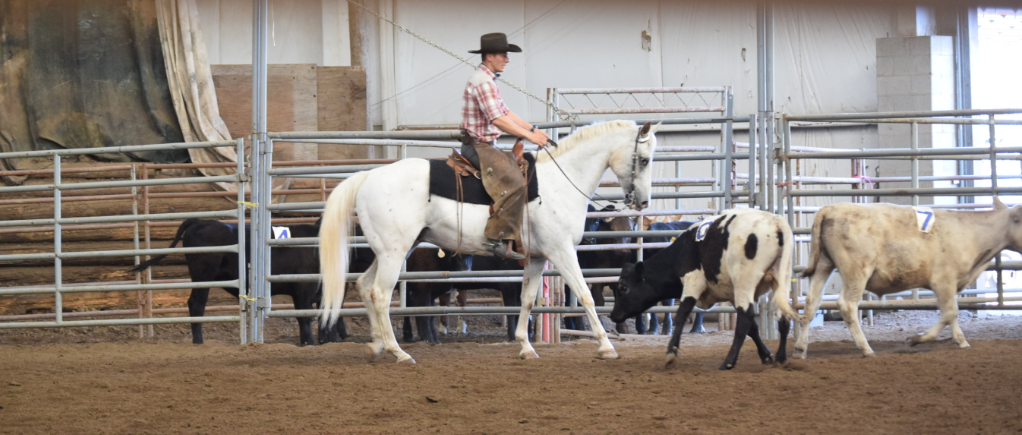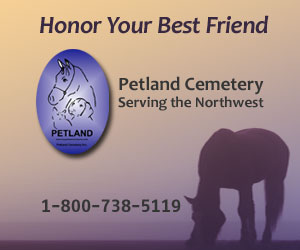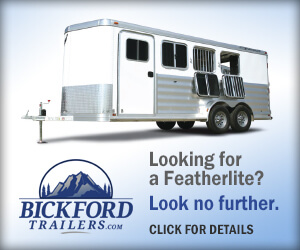Do you want to train your horse to work cows, but you’ve never worked cattle before? Maybe your horse is an off-the-track Thoroughbred or does dressage or western pleasure and has never seen a cow. Maybe he tends to be flighty. All that is okay, and you should be excited about the journey you are about to embark on with your partner.
Basic Training
Before entering the cow pen there are some things you should be able to do reliably with your horse. First, can you control (influence) your horse’s feet? When you ask him to stop, does he? I also want to know that my horse will stand and not move his feet when asked.
Can you reliably and smoothly rate his speed? Can you turn him without drifting in or out? For even better results, can you control/move his shoulders and hips as separate pieces? Sidepassing or yielding off the leg toward a cow can be a useful way to get a desired reaction from the cow, so having that ability readily available is a significant advantage.
Lastly, will your horse back-up willingly and calmly when asked? When I say “back-up” I mean the feet move back when asked and not that the neck comes up and backwards and then the feet finally move, which takes too long when working cows.
If your horse has all the training mentioned above, then you are ready to go to the cow pen!

Choose the Right Cattle and Go Slow
Ideally, you will introduce your horse to an older or more laid-back cow that doesn’t have a lot of energy and will move away from your horse. You will graduate from that to a small group of cows that again, will move away from your horse when pushed, but not run all around with too much energy. This builds your horse’s confidence that the cows will move away from him when pushed.
Some horses are braver if an experienced buddy leads the way initially. Slow and steady is always best, especially early in the experience. Remember that cow work is just an opportunity to put our basic skills to a purposeful use, which is why we checked in with all of our basic training building blocks before we ever even introduced our horse to cows.
The more time you spend slowly moving cows, the more your horse will understand the pressure points of the cow. If your horse hangs back and you have to encourage him to push the cow, you’ll help him greatly by understanding that positioning yourself behind the shoulder of the cow will drive the cow forward. Conversely, getting in front of the cow will turn it. If your horse is one who puts a lot of pressure on a cow by pinning his ears or being aggressive, they learn that they can speed things along (if allowed).
You will quickly figure out the concept of space and energy and how that affects the reactions of the cow. Distance does play an important role in things as well, which becomes clearer as you and your partner spend more time working cattle. You’ll eventually be able to predict the behavior of individual cows.
Finally, keep it slow and steady so your horse can grow in his confidence. Speed can scare a horse if they get in over their heads. Rarely do I actually ask them to change gaits. Instead let them know it’s okay to go slowly and encourage them to learn to make transitions in speed and gait with the cows and less from rider influence.
Being patient, mindful, and methodical can produce a well-adjusted cow pen partner regardless of their breed or background. Happy riding!






